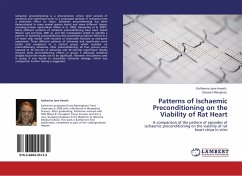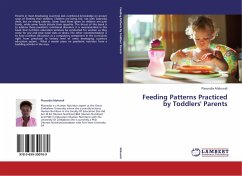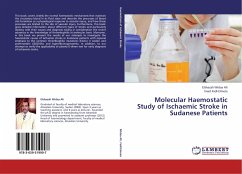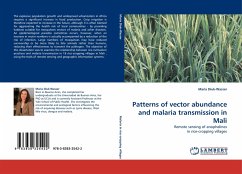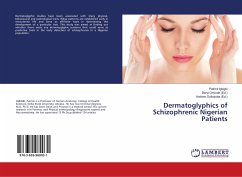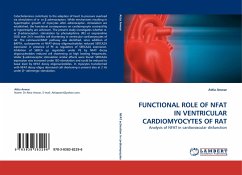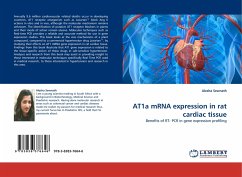Ischaemic preconditioning is a phenomenon where brief periods of ischaemia and reperfusion prior to a prolonged episode of ischaemia have a protective effect on tissue. Ischaemic preconditioning has been demonstrated in every animal species tested and many different tissues, including human myocardium (Yellon et al, 1993), (Hausenloy et al, 2007). Many different patterns of ischaemic preconditioning have been tested (Kloner and Jennings, 2001 a), and this investigation aimed to identify a pattern of ischaemic preconditioning that promoted protective effects in a rat heart strip model, with recovery of contractile function as end-point assessment. Three different patterns of ischaemia and reperfusion were tested and compared to a control group which received no preconditioning ischaemia. After preconditioning, all four groups were exposed to 30 minutes of ischaemia and 30 minutes reperfusion. Results showed some preconditioning effects in group 3 although statistical analysis found the results not to be significant. However, the pattern used in group 4 was found to exacerbate ischaemic damage, which was unexpected. Further testing is suggested.
Bitte wählen Sie Ihr Anliegen aus.
Rechnungen
Retourenschein anfordern
Bestellstatus
Storno

